About the Bujinkan

Dr. Masaaki Hatsumi Sensei
Bujinkan Budo Taijutsu: Unveiling the Essence of Nine Martial Schools

Inside the former Hombu Dojo in Noda, Japan.

Outside the former Hombe dojo location in Noda, Japan.
The Bujinkan comprises nine distinguished schools, each with its unique lineage and Soke:
- Togakure Ryu Ninpo - 34th Soke, Hidden Door School
- Gyokko Ryu Kosshijutsu - 28th Soke, Jeweled Tiger School
- Koto Ryu Koppojutsu - 18th Soke, Tiger Knocking Down School
- Shinden Fudo Ryu Jutaijutsu Dakentaijutsu - 26th Soke, Immovable Heart School
- Kukishinden Ryu Taijutsu - 28th Soke, Nine Demons School
- Takagi Yoshin Ryu Jutaijutsu - 17th Soke, High Tree, Raised Heart School
- Kumogakure Ryu Ninpo - 14th Soke, Hiding in the Clouds School
- Gyokushin Ryu Ninpo - 21st Soke, Jeweled Heart School
- Gikan Ryu Ninjutsu - 15th Soke, Truth Loyalty and Justice School
These schools encompass a holistic approach to personal growth, integrating spiritual, intellectual, and physical elements. While the nature of these martial arts is combative, formal competition is not a prevailing practice. Randori serves as an avenue to assess one's skills under pressure, devoid of rewards beyond the insights gained from the experience. The enduring relevance of these schools over centuries can be attributed to their adaptability, eschewing rigid adherence to a singular mindset or movement style.
The benefits derived from training in these schools extend far beyond mere self-defense. The acquired skills foster confidence, contribute to business acumen, and instill virtues such as self-restraint and patience. Emphasizing a well-rounded development, the Bujinkan discourages a singular focus on fighting skills alone. Instead, the philosophy encourages individuals to cultivate qualities that protect justice and uphold the well-being of the innocent. Recognizing that learning to live and embody principles of justice is paramount, the Bujinkan transcends the ephemeral satisfaction of ego-centric pursuits, aiming to nourish the heart and spirit for enduring personal transformation.
Perspectives on Bujinkan Budo Taijutsu: Insights from Duff Culp, Sanami Defense Academies
Within the realm of Bujinkan Sanami Dojo, our mission transcends the physicality of martial arts, extending to instill values rooted in ethical and empirical self-motivation. Our dojo is not confined within walls; instead, the expansive outdoors serves as our training ground, promoting a pragmatic approach vital for both the school's longevity and the students' development.
Budo Taijutsu, the essence of Bujinkan training, translates to "the way of war with the body." It encompasses six samurai-based schools and three ninpo-based schools. However, dispelling Hollywood myths, we delve deeper into the true nature of a ninja—a person of perseverance and endurance.
Emphasizing a holistic approach to training, we incorporate the philosophy of shu-ha-ri. Shu involves learning the basics and biomechanics, Ha delves into understanding applications, and Ri represents the perpetual process of self-evaluation and progress—a continuous flow.
Comparing Shu, Ha, Ri to Training Phases: Mechanical/Cooperative, Non-Competitive Conflict, Non-Cooperative/Combative
Shu: Learning the Basic Biomechanics (Form)
Comparison: Shu correlates with Mechanical/Cooperative Training, focusing on grasping the basic biomechanics of movement and motive.
Contrast: While Shu emphasizes the form, the focus is on the mechanical aspects and understanding foundational movements without significant resistance.
Ha: Understanding Application and Purpose (Function)
Comparison: Ha aligns with Non-Competitive Conflict, where the practitioner moves from understanding form to grasping the application, purpose, and functional aspects.
Contrast: Unlike Shu, Ha introduces a level of non-competitive conflict, encouraging adaptability and the beginning of creative self-assertion. It goes beyond form to explore dynamic scenarios.
Ri: Embracing the Flow, Non-Cooperative/Combative
Comparison: Ri, representing the understanding that there are no fixed stages, can be likened to Non-Cooperative/Combative training.
Contrast: Ri is not a final stage but an ongoing process, much like the flowing nature of non-cooperative/combative scenarios. The emphasis is on continual progress and adaptation.
In summary, while the Shu-Ha-Ri philosophy shares overarching concepts with the listed training phases, it's crucial not to conflate them. Shu aligns with the foundational aspects of Mechanical/Cooperative Training, Ha corresponds to the transition into Non-Competitive Conflict, and Ri mirrors the ongoing and flowing nature of Non-Cooperative/Combative scenarios. These parallels provide a comprehensive framework for understanding the multifaceted journey in martial arts training.
Contrary to a common misconception, Bujinkan training goes beyond techniques; it aims for self-awareness forged through rigorous physical training. Our goal isn't merely to teach fighting; instead, we guide practitioners to master themselves, shedding ego, and recognizing that the journey, not the destination, holds significance.
In our daily lives, the concepts of Bujinkan find practical application. The idea of KU, representing void and ethereal space, goes beyond physical distances—it extends to time management, task balancing, and even conversations. These lessons teach us to control our space, understand capabilities, and maintain a balanced life.
Focusing on six primary schools—Kukushinden ryu, Takagi Yoshin ryu, Koto ryu, Gyokko ryu, Shinden Fudo ryu, Togakure ryu—our curriculum covers diverse aspects, from traditional weapons to modern tools. The absence of a rigid path for rank progression offers instructors the freedom to shape their teachings, striking a balance between foundational basics and pushing boundaries for growth.
As Bujinkan transcends borders, practitioners are encouraged to seek diverse experiences, attend seminars, and learn from various instructors. An open heart and mind are essential, fostering discernment and objectivity in evaluating techniques.
Concluding Thoughts on Martial Arts
In conclusion, the practice of martial arts extends beyond the realm of physical training. It represents a profound journey of self-discovery, embracing life's complexities, and achieving internal equilibrium. As martial artists, we recognize that enlightenment transcends external pursuits, finding its roots in acknowledging our inherent connection to the universe. This journey involves perpetual introspection and an unwavering commitment to personal progress.
-
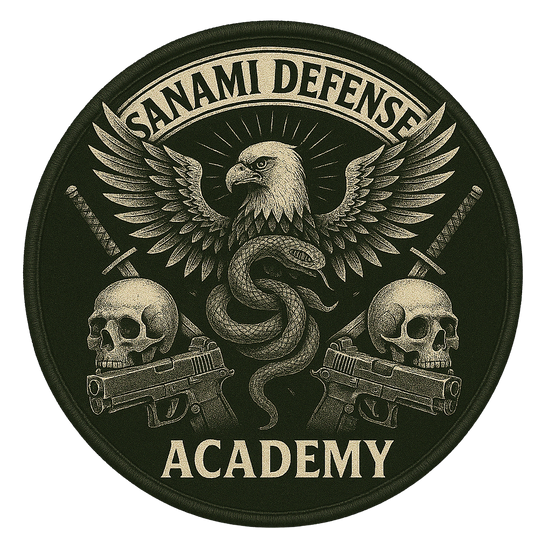
Sanami Defense Academy 4 Pillars
Read More -
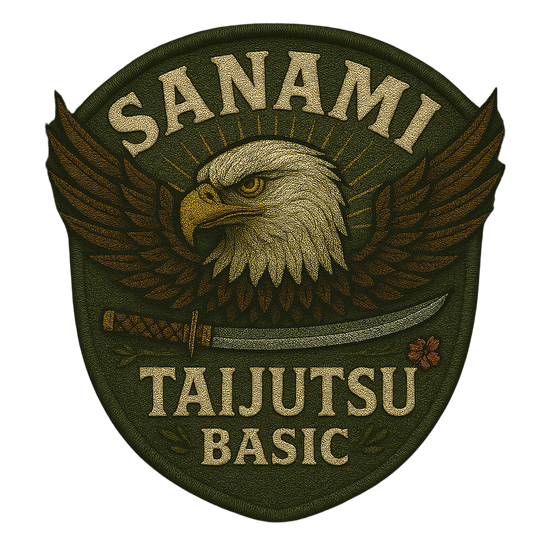
SDA and the Bujinkan
Read More -
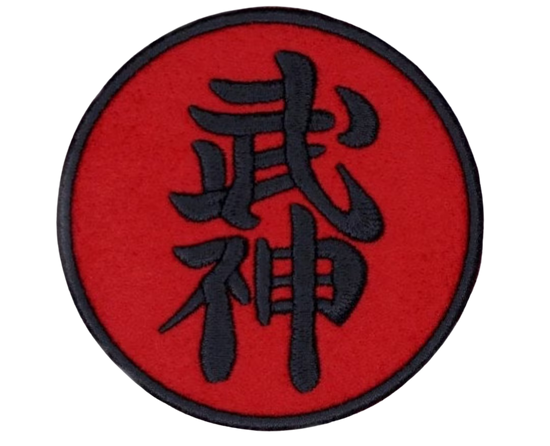
About the Bujinkan
Read More -

-
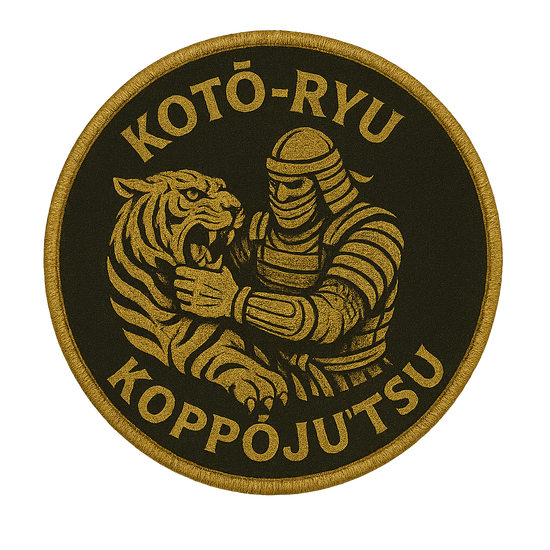
-

-

-

-
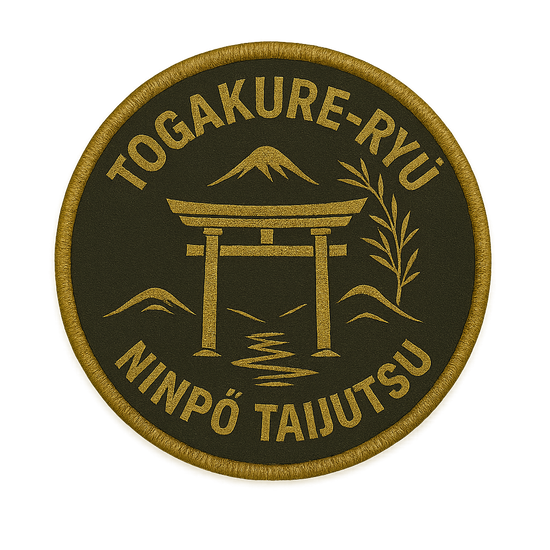
-
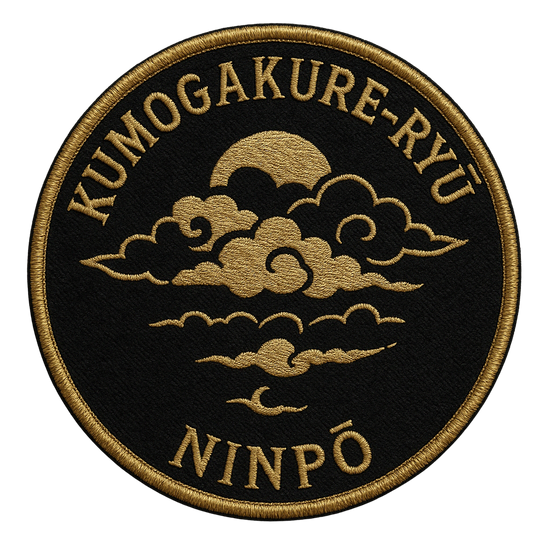
-
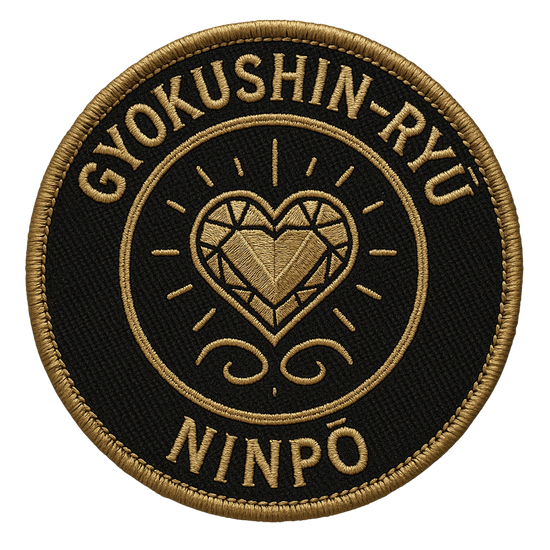
-
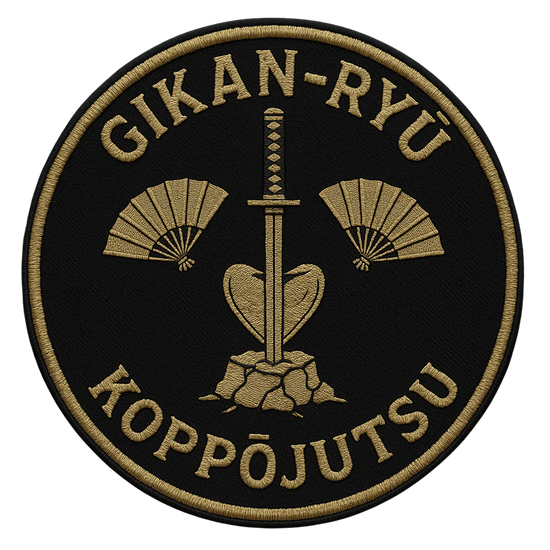
-
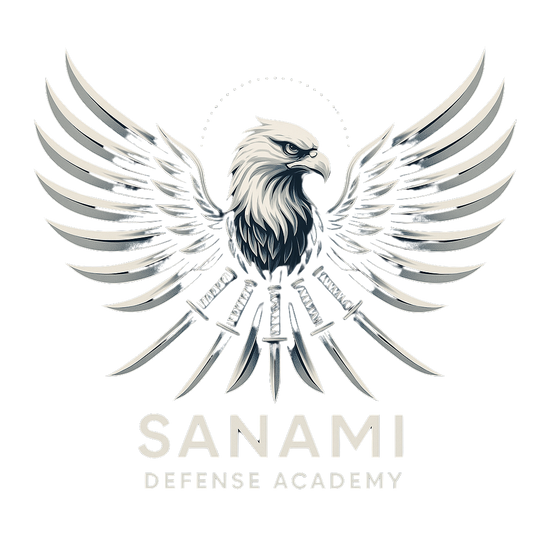
Bujinkan Basics
Upgrade Knowledge -

Vocabulary
Upgrade Knowledge -

About the instructors
Learn More -
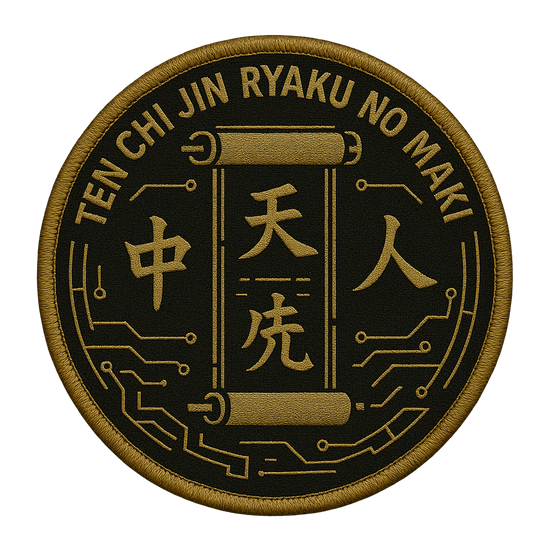
Ten Chi Jin
Heaven, Earth, and Man -
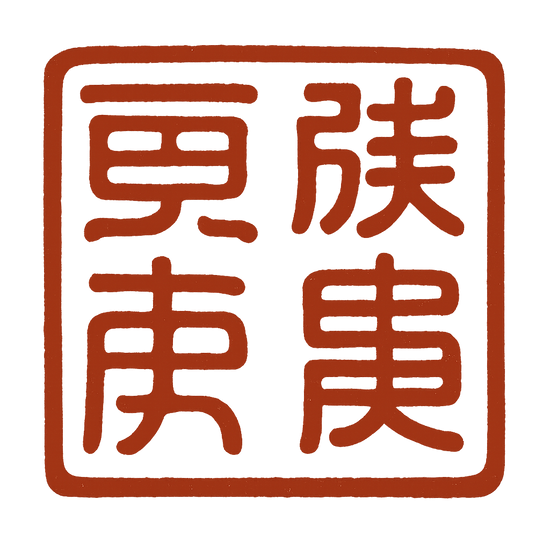
What is Sanami?
Upgrade Knowledge















